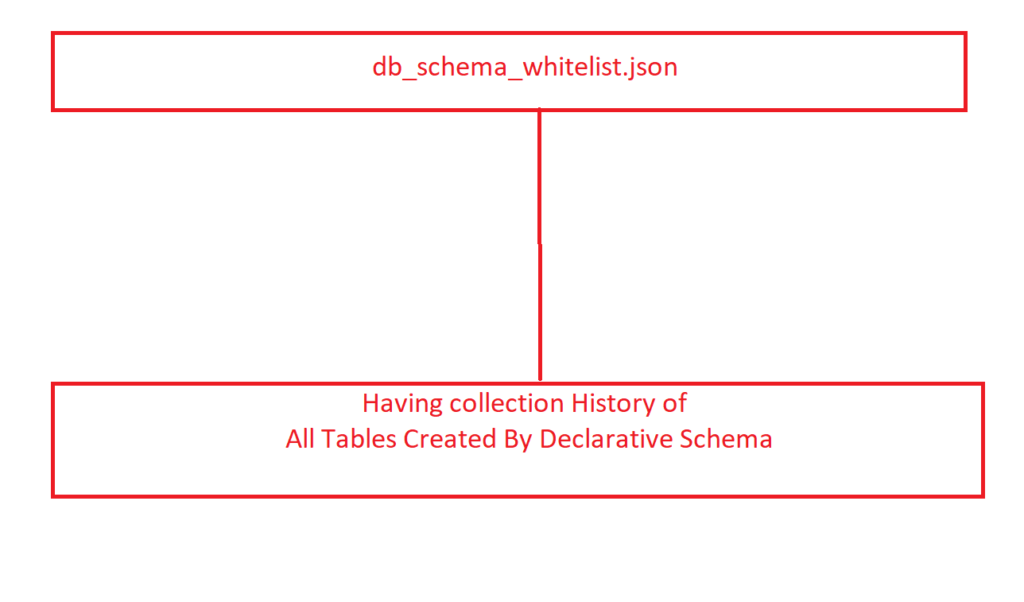
There are following below steps need to follow to add Customer Groups drop down in Magento 2 Custom module Admin Entry Form & Grid Listing by using UI Component.
Here we are considering you have already created custom module by using UI Component.
Step [1] – Create Customergroup.php file inside Admin UI Component Listing Column
File Path as below
app/code/ Mage2db/John/Ui/Component/Listing/Column/Customergroup.php
<?php
namespace Hni\Ebsgroupmapping\Ui\Component\Listing\Column;
use Magento\Framework\View\Element\UiComponent\ContextInterface;
use Magento\Framework\View\Element\UiComponentFactory;
use Magento\Ui\Component\Listing\Columns\Column;
use Magento\Framework\UrlInterface;
use Magento\Cms\Block\Adminhtml\Page\Grid\Renderer\Action\UrlBuilder;
use Magento\Framework\Pricing\PriceCurrencyInterface;
use Magento\Store\Model\StoreManagerInterface;
/**
* Class ProductActions
*/
class Customergroup extends Column
{
/**
* @var UrlInterface
*/
protected $urlBuilder;
/**
* @var PriceCurrencyInterface
*/
protected $priceFormatter;
/**
* @var actionUrlBuilder
*/
protected $actionUrlBuilder;
/**
* @var $_storeManager
*/
protected $_storeManager;
/**
* @param ContextInterface $context
* @param UiComponentFactory $uiComponentFactory
* @param UrlInterface $urlBuilder
* @param array $components
* @param array $data
*/
public function __construct(
ContextInterface $context,
UiComponentFactory $uiComponentFactory,
UrlInterface $urlBuilder,
UrlBuilder $actionUrlBuilder,
PriceCurrencyInterface $priceFormatter,
StoreManagerInterface $storeManager,
\Magento\Customer\Ui\Component\Listing\Column\Group\Options $groups,
array $components = [],
array $data = []
) {
$this->urlBuilder = $urlBuilder;
$this->actionUrlBuilder = $actionUrlBuilder;
$this->priceFormatter = $priceFormatter;
$this->_storeManager = $storeManager;
$this->groups = $groups;
parent::__construct($context, $uiComponentFactory, $components, $data);
}
/**
* Prepare Data Source
*
* @param array $dataSource
* @return array
*/
public function prepareDataSource(array $dataSource)
{
if (isset($dataSource['data']['items'])) {
foreach ($dataSource['data']['items'] as & $item) {
$customergroups = $this->groups->toOptionArray();
$p=0;
foreach ($customergroups as $group) {
if($customergroups[$p]['value']==$item['customer_groupid']){
$groupname = $customergroups[$p]['label'];
}
$p++;
}
$item[$this->getData('name')] = $groupname;
}
}
return $dataSource;
}
}Step [2] – Add below code in Admin UI Component Grid Listing.
File Path as below [Instead of UIGridListing.xml use your UI Admin Grid Listing file name]
app/code/ Mage2db/John/view/adminhtml/ui_component/UIGridListing.xml
<column name="customer_groupid" class="Hni\Ebsgroupmapping\Ui\Component\Listing\Column\Customergroup">
<argument name="data" xsi:type="array">
<item name="config" xsi:type="array">
<item name="component" xsi:type="string">Hni_Ebsgroupmapping/js/ui/grid/columns/html</item>
<item name="align" xsi:type="string">left</item>
<item name="sortable" xsi:type="boolean">false</item>
<item name="label" xsi:type="string" translate="true">Customer Group</item>
<item name="sortOrder" xsi:type="number">60</item>
</item>
</argument>
</column>Step [3] – Add below code in Admin UI Component Grid Entry Form
File Path as below [Instead UIGridEntryForm .xml use your UI Admin UI Form file name]
app/code/ Mage2db/John/view/adminhtml/ui_component/UIGridEntryForm.xml
<field name="customer_groupid" sortOrder="40" formElement="select">
<settings>
<label translate="true">Customer Group</label>
</settings>
<formElements>
<select>
<settings>
<options class="Magento\Customer\Model\Customer\Source\GroupSourceInterface"/>
</settings>
</select>
</formElements>
</field> Finally Customers drop down has been added in Magento 2 Admin Grid Entry Form as well as It’s corressponding value displaying in Magento 2 Admin Grid Listing by using UI Component.
How To Create Events & Observer Using Custom Module in Magento / Adobe Commerce 2.x
How To Create Preference Using Custom Module in Magento / Adobe Commerce 2.x
How To Create Plugin Using Custom Module in Magento / Adobe Commerce 2.x
How To Get Base URL in Magento 2.x / Adobe Commerce 2.x
How To Create Custom Module in Magento 2.x / Adobe Commerce 2.x
How To Add Custom Block on Cart Page in Magento 2.x / Adobe Commerce 2.x
How To Create a Custom Log File in Magento 2.x / Adobe Commerce 2.x
How To Create Custom Controller in Magento 2.x / Adobe Commerce 2.x
How To Create a Custom Console Command in Magento 2.x / Adobe Commerce 2.x
How To Get all Customers Data in Magento 2.x / Adobe Commerce 2.x
How To Set Tier Price With Percentage Value Programmatically in Magento 2.x / Adobe Commerce 2.x
How To Add Tier Price Programmatically in Magento 2.x / Adobe Commerce 2.x
Magento 2 All Database Tables [500 & more Tables]
How To Set Multi Shipping Settings In Magento 2
How To Set Origin Shipping in Magento 2
Difference Between Offline Shipping Method and Online Shipping Method
Magento 2 Online Customers Options
How To Apply Customer Group Price of Products in Magento 2
How To Add Customer Groups Dropdown in Magento 2 Admin Form and Grid By UI Component
How To Get all Customers Data in Magento 2
How To Create Customer Order in Magento 2 Admin Panel
Magento 2 Login As Customer Not Enabled
How To Configure Customer Account Sharing Options in Magento 2
Magento 2 Redirect To Customer Dashboard After Login
Which Magento 2 database table store customer shipping and billing address
How To Remove Sales Order Data & Customer Data in Magento 2
Which Magento 2 database table store customer’s Email Data
Which Magento 2 Database Table Store Customer Newsletter Data
Which Magento 2 database table store customer’s shipping and billing address
How To Remove Sales Order Data & Customer Data in Magento 2
Which Magento 2 Database Tables Store Customer Rating
Which Magento 2 Database Tables Store Customer Wishlist Products
Magento 2 Increase Customer Session Time


